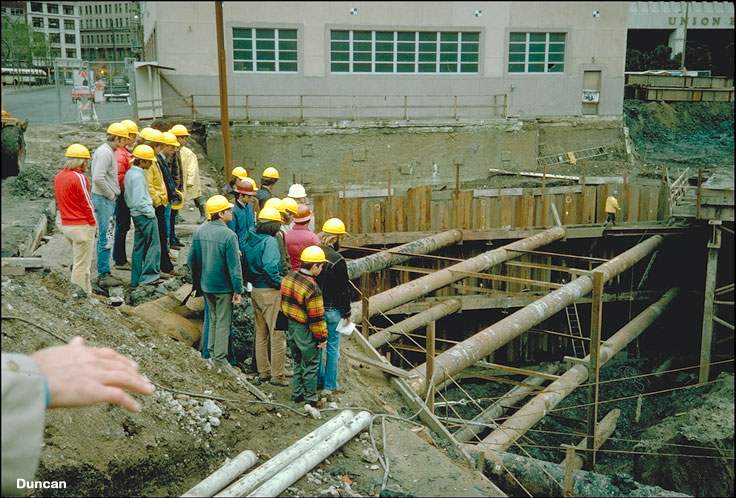Clean air initiatives are reshaping construction practices across various industrial projects. Modern development demands reduced emissions and controlled particle release during soil movement. Geotechnical engineering plays a major role in maintaining healthy working environments. Each process focuses on stabilizing soil, sealing contamination paths, and monitoring gases. To implement sustainable safety standards successfully, professionals must learn more about these applied ground protection systems.
Soil stabilization reducing airborne particle generation
When soil remains loose, it easily releases fine dust particles. Stabilization ensures cleaner air and safer working zones for crews.
- Compacted soil resists air movement caused by heavy machinery operations
- Dust suppression additives help bind small soil particles effectively
- Water retention layers reduce unnecessary surface drying and lifting
- Soil modification improves strength while lowering erosion risk daily
- Sealed ground zones maintain steady moisture for long durations
Subsurface containment is improving overall air protection.
Deep containment systems manage gases that rise from soil layers. These systems protect workers from vapor movement and airborne contamination.
- Vapor barriers isolate subsoil gases from reaching construction surfaces
- Sealed joints prevent chemical leaks into surrounding working areas
- Controlled venting reduces the unwanted accumulation of trapped gases
- Pressure equalization prevents air pockets from pushing vapors upward
- Gas sensors verify safety conditions under changing ground conditions
Monitoring soil gas emissions during foundation development
Tracking subsurface gas levels ensures consistent air quality control. Engineers install monitoring devices at early stages for accurate results.
- Sensors capture readings on methane, carbon dioxide, and volatile gases
- Real-time monitoring tools alert teams when unsafe changes occur
- Collected data guides the placement of further containment systems
- Recorded results assist in meeting regulatory safety documentation needs
- Continuous tracking supports post-construction environmental inspections
Geotechnical design supporting environmental compliance
Design strategies must align with sustainable air protection requirements. Engineering measures integrate health safety into each structural phase.
- Barrier membranes fit under slabs to prevent chemical migration upward
- Backfill materials with low permeability enhance containment structure reliability
- Testing verifies that installed systems meet emission control limits
- Materials selected must resist corrosion and chemical exposure effectively
- Protective layers combine to maintain safety for long project life cycles
Why is air control essential during excavation projects?
Open excavation increases airborne particles and toxic vapor release. Proper containment planning eliminates exposure hazards at early project stages. Safety depends on adopting engineering-led ground control solutions.
What ensures system reliability during construction phases?
Reliability depends on strong installation and regular checks across phases. Scheduled inspections maintain barrier efficiency. Data reporting validates compliance progress continuously.
Clean projects start underground
Cleaner construction begins with preventive measures below the surface layers. Every soil layer treated supports a healthier and safer job environment. Consistent control ensures smooth progress without health delays or compliance issues. Professionals build trust when safety merges with smart geotechnical practices. To design better controlled projects effectively, learn more about applied subsurface measures.


